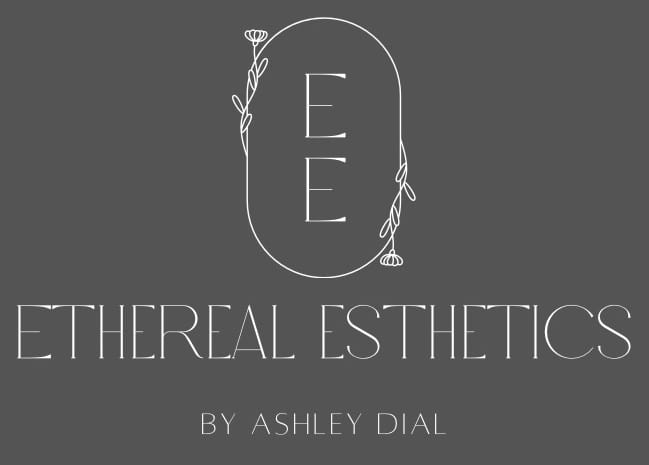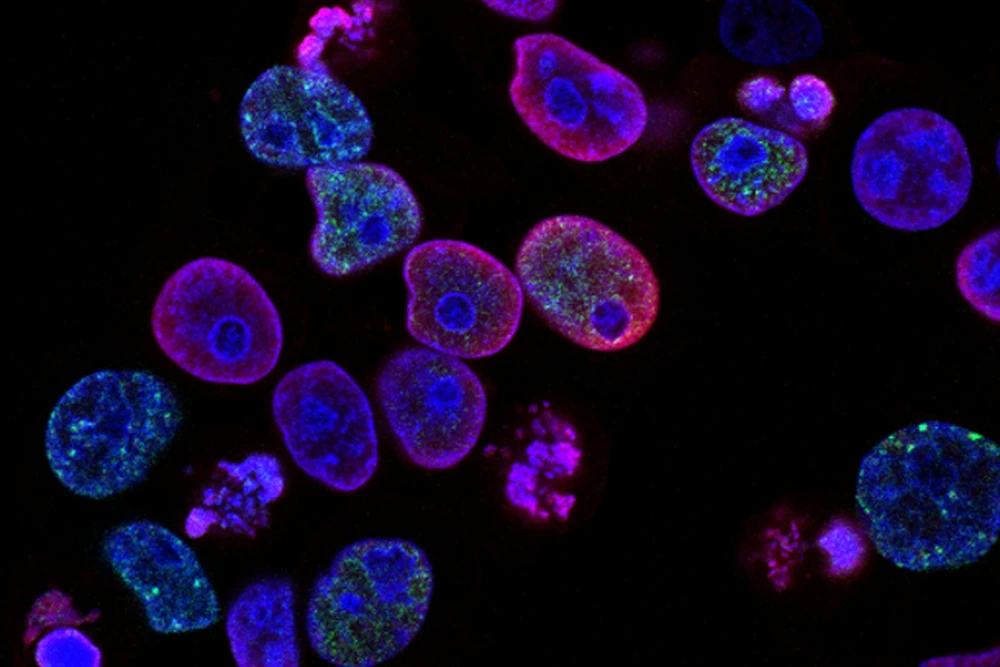Stem cells and growth factors have become buzzwords in modern skincare, especially in the world of regenerative aesthetics. From serums to in-office treatments, many brands claim to harness the power of these biological tools for youthful, glowing skin. But what’s the real science behind it all—and do plant stem cells or viral trends like exosomes actually deliver results?
Let’s break down the facts and myths around stem cells, growth factors, and microchanneling so you can make informed choices for your skin.
What Are Stem Cells and Growth Factors, Really?
Stem cells are the body’s raw materials—they help generate new, specialized cells and play a major role in tissue repair and regeneration. In the skin, they’re involved in the renewal of cells like keratinocytes and fibroblasts, which keep your complexion smooth, firm, and healthy.
There are three main types of stem cells:
- Embryonic Stem Cells (ESCs): Capable of turning into any cell type.
- Adult Stem Cells: Found in tissues and organs, helping regenerate specific cell types.
- Induced Pluripotent Stem Cells (iPSCs): Lab-engineered cells that mimic embryonic stem cells.
Growth factors, on the other hand, are proteins secreted by skin cells like fibroblasts and keratinocytes. They act as messengers, telling cells when to grow, divide, or repair. These powerful proteins help maintain skin structure and accelerate healing.
Do Plant Stem Cells Actually Work in Skincare?
Short answer: not the way you think.
Plant stem cells, often extracted by triggering a healing response in plants, don’t share any biological compatibility with human cells. They cannot stimulate human stem cell activity or alter DNA, as some marketing claims suggest.
In reality, these ingredients act more like nutrient-rich antioxidants or skin boosters. While they may offer hydration and protection against oxidative stress, they won’t trigger your skin to regenerate on a cellular level like human stem cells or growth factors can.
Not All Growth Factors Are Created Equal
Growth factors used in skincare and cosmetic treatments come from various sources, and each has its pros and cons:
- Autologous (PRP – Platelet-Rich Plasma): Extracted from your own blood, PRP is rich in growth factors but may also increase inflammation, which can limit its effectiveness.
- Allogenic (Donor-Derived): Sourced from other individuals, these can vary in potency and results.
- Bio-Engineered: Lab-created for purity and consistency, these are often the safest and most effective for skincare products. They mimic natural regenerative signals without the risks associated with PRP or donor variability. This is what I offer!
The Rise (and Risk) of Exosomes
Exosomes are nano-sized vesicles that carry proteins, RNA, and growth factors. They’ve gained popularity in regenerative medicine for their ability to communicate with cells and promote healing.
However, they’re still in the early stages of clinical research. Here’s what to keep in mind:
- Not FDA-Approved: Exosomes have not received FDA approval for cosmetic use.
- Potential Safety Concerns: They can cross the blood-brain barrier, raising questions about long-term effects.
- Inconsistent Formulations: The quality and concentration of exosome products can vary greatly.
Until more data is available, exosomes should be approached with caution.
How Microchanneling Boosts Skin Regeneration
As we age, the skin’s ability to repair itself slows down. This is where microchanneling comes in—a next-generation treatment that stimulates collagen and boosts the absorption of regenerative serums.
By creating controlled micro-injuries with a precision stamping technique, microchanneling triggers the skin’s natural healing response. When paired with high-quality, stem cell-derived growth factor serums, the results can be dramatic—reducing fine lines, acne scars, pigmentation, and overall dullness.
Microchanneling vs. Traditional Microneedling
While similar in concept, microchanneling offers several advantages over traditional microneedling:
- More Precision: Instead of dragging needles across the skin, microchanneling uses a stamping motion for uniform depth and coverage without having to penetrate as deep into the skin’s epidermis.
- Less Trauma: The controlled injury leads to faster healing and less irritation.
- Better Product Absorption: It enhances the delivery of growth factor serums into the skin where they can do their best work.
Choosing the Right Stem Cell or Growth Factor Serum
With so many options on the market, it’s important to look beyond trendy packaging and bold claims. Choose serums that are:
- Clinically Tested
- Bio-engineered for purity and safety
- Backed by scientific research
- Stable and formulated for deep skin absorption
Avoid products that rely on hype (like “plant stem cell” serums) without real regenerative benefits. Look for evidence-based formulas that truly support cellular repair and skin health.
The Bottom Line
While terms like stem cells, growth factors, and exosomes sound futuristic, not all are created equal—or even proven safe. Microchanneling, when combined with well-formulated, lab-engineered growth factor serums, offers one of the most promising, science-backed paths to skin rejuvenation today.
Your skin deserves real results—not just buzzwords. Stay informed, choose wisely, and trust in treatments rooted in solid science.




8 Responses
https://honda-fit.ru/forums/index.php?autocom=gallery&req=si&img=7036
Awesome https://is.gd/tpjNyL
Very good https://is.gd/tpjNyL
Good https://shorturl.at/2breu
Awesome https://shorturl.at/2breu
Awesome https://shorturl.at/2breu
Awesome https://lc.cx/xjXBQT
Very good https://is.gd/N1ikS2